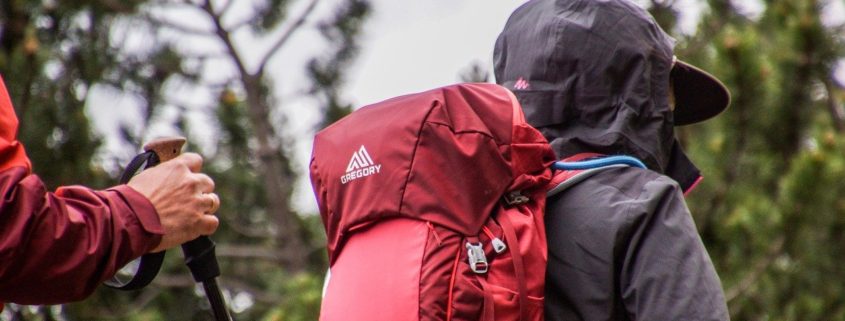Safety Considerations for Backpacking with Your Kids
There are few better gifts to give your child than the gift of the great outdoors. Teaching your children to love and respect nature is a lesson that will enrich them for the rest of their lives.
Backpacking, in particular, can be an ideal way to introduce children to outdoor life while making some extraordinary family memories. However, before you pack up the kids and bring them along on your next great backpacking adventure, there are some important safety considerations to keep in mind.
The Benefits of Starting Early
If you’re an experienced backpacker, then you know it’s nothing to be taken lightly. Backcountry hiking requires planning, skill, and conscientiousness.
However, even the shortest and simplest of excursions, such as the kind you’ll likely undertake with your little one, demands care. What you and your child will get in return for your efforts, though, is an unparalleled bonding experience, as well as the opportunity to show your child a side of life that is unimaginable in our tech-saturated world.
With time, even small children can experience the rewards of primitive camping. By being removed from the modern world of digital screens and creature comforts, children learn the art of self-reliance.
They are called upon to develop their powers of imagination and creative thinking. They learn to entertain themselves rather than being entertained by a gadget. In learning to pitch a tent, start a fire, or keep warm outdoors, they are cultivating essential problem-solving and logical reasoning skills. Best of all, immersion in nature provides them with the opportunity to learn about plants, animals, and the environment in a manner against which the classroom simply can’t compare.
In addition, the skills children develop while backpacking often also pave the way to other highly beneficial activities. Learning to handle and shoot guns safely is a terrific way to help children develop confidence, focus, and responsibility.
Start Small When Backpacking with Your Kids
Because the rewards of backpacking are so great, you are probably eager to jump feet-first. And while you certainly want your little one’s first experience to be an unforgettable one, it’s imperative to start small.
Plan for shorter distances and less demanding trails. If you’re planning to stay overnight with your little one, then you might consider opting for an established campground with easy access to the road.
As your child grows more accustomed to backpacking, you can plan for more ambitious hikes, longer distances, and more challenging terrain. As your child becomes more comfortable and confident in the woods, you can feel more secure in choosing more remote campsites, as it will be less likely that you’ll need to bring your little one out quickly.
Packing the Appropriate Gear while Backpacking with Children
Every backpacker knows that bringing the appropriate gear isn’t just a matter of convenience, it can also be a life or death difference. No hiking trip, regardless of how brief, should be undertaken without a fully-stocked first aid kit, one designed specifically for backpacking in the wilderness.
In addition, your child will need their own pack, but the weight of the child’s pack and its contents will depend largely on the age and size of the child. Toddlers under the age of four generally shouldn’t attempt to carry a pack. Indeed, you may end up spending most of the hike with the baby on your back!
Children who are between the ages of four and seven can usually manage a backpack weighing between two and four pounds. At this stage, kids should learn to make carrying water a habit, even for the shortest hikes. Other than water, some lightweight materials, such as a light blanket or a few snacks, can be included in your young child’s pack. For the most part, however, the greater part of your child’s gear should be included in your pack.
By the age of eight, kids are usually ready to start carrying most, if not all, of their own gear. However, the amount of gear a child can carry safely will depend on a range of factors, including the distance and speed at which you’re traveling, the difficulty of the hike, and the child’s body weight. A good rule of thumb is to limit the backpack to 15-20% of the child’s body weight.
Remember that Backpacking Risks Are Higher with Kids
Perhaps the most important thing to keep in mind when you are planning to take our child backpacking is that all the safety risks associated with the sport are amplified for children. Children have less muscle strength, gross motor skills, and hand-eye coordination than adults, making them more susceptible to stumbles and falls. They can also become dehydrated far more quickly than adults.
This makes accident prevention, pacing, and frequent rest periods to eat and drink essential when backpacking with children.
Backpacking with Kids: The Takeaway
Backpacking with your child can engender a love of the outdoors that lasts a lifetime. However, before you embark on your first wilderness adventure with your little one, there are some important safety considerations to keep in mind.




Leave a Reply
Want to join the discussion?Feel free to contribute!